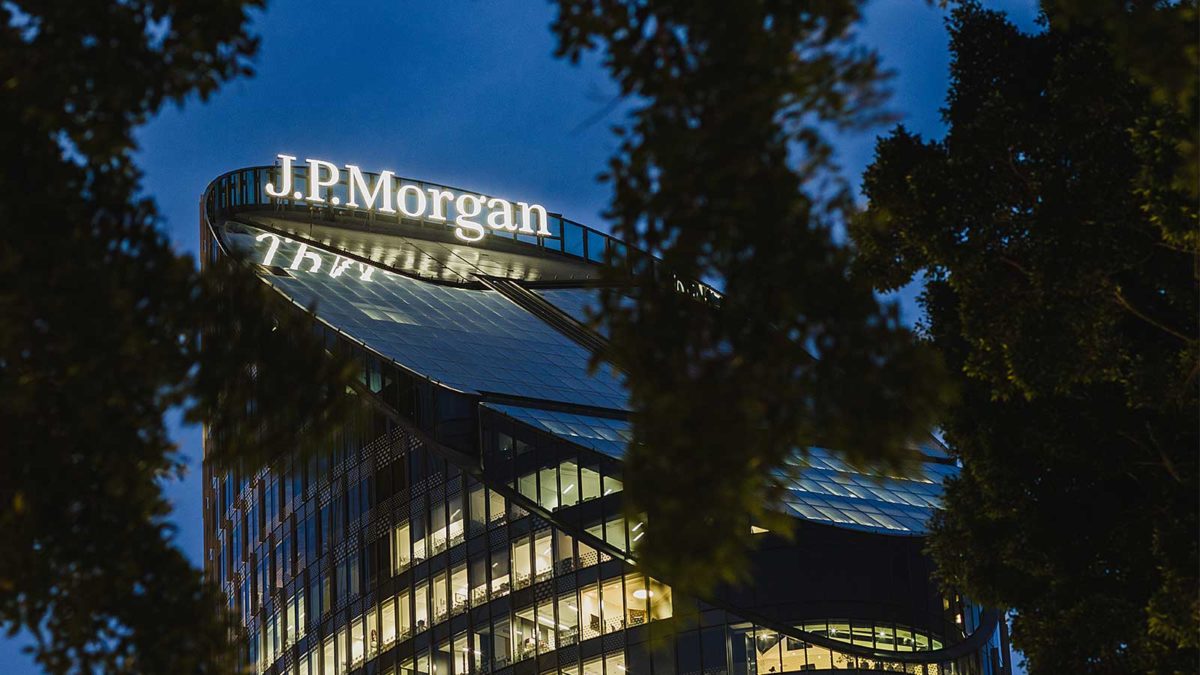‘We haven’t been told where we’re going’: big super’s brave new world
A landmark report from J.P. Morgan paints a picture of an industry racing towards a future that it doesn’t yet understand. Our big super funds look like strangers in a strange land.
“What would be helpful from a regulatory perspective, or even a government perspective, is what are we actually driving towards?” says Mine Super CEO Vasyl Nair in J.P. Morgan’s inaugural “Future of Superannuation” report. “All we know right now is that we’re being told to just drive in this particular direction at a certain speed in a certain way, but we haven’t been told where we’re going.”
That “certain speed” Nair mentions is really a breakneck pace. There were 15 mergers or alliances announced in the year to October 2021, the most activity ever seen in a single year. And many of the 12 super executives that J.P. Morgan interviewed for the report believe that there will be 20 mergers or more every year until 2025, leaving less than 50 funds standing.
It’s unlikely that size will come easy to some of Australia’s super funds, particularly at the speed with which it is arriving. It does not seem to confer any particular benefit in some asset classes; indeed, it makes areas of the public markets harder to access due to capacity constraints. But it’s become APRA orthodoxy that funds must be above a certain FUM to be viable, and almost one in three respondents to J.P. Morgan’s survey cited pressure to merge as the biggest challenge facing funds over the next three years.
And while some executives – including Peter Chun, of UniSuper – believe that size will create benefit to members through fee reductions, smaller funds representing specific member cohorts believe that member experience could be impacted as funds become larger.
“As many super funds are challenged to grow and to get even bigger, there is a chance that as member organisations, you have more members to care for, but you have less focus on each person,” said Quantas Super chief executive Michael Clancy.
But there are also more pressing, more existential reasons for wanting to merge with a larger fund. The second most popular reason for mergers cited in the survey was to maintain long-term sustainability, as a majority of super funds were in net cash outflow in 2019-20, according to industry data cited by J.P. Morgan.
“My sense is that, just like most markets that evolve to maturity, the top five to ten superannuation funds will end up with perhaps the majority of the investment market share,” said State Super CEO John Livanas. “Then, absent regulatory constraints, it’s likely that there will be a fairly long tail of much smaller funds.”
And funds will still have to reckon with a world where investment returns will not come as easily as the period just passed – a period where, every other day, a fund would put out a press release highlighting their returns in the post-Covid market. Your Future Your Super (YFYS) is unlikely to help; 76.79 per cent of respondents believe that funds will deliver a more benchmark-like return in the face of the performance test.
“If funds are close to the to the boundary, they’re probably going to take less risk, because it’s a very punitive benchmark,” said Mine Super CIO Seamus Collins. “There’ll be a cohort of funds that will consider active risk and it’s probably more benchmark-aware than benchmark-hugging.”
Others are more optimistic. Aware Super’s Michael Winchester believes that active investing will be the key to attracting new members, while those who hug the benchmark will ultimately lose out.
“If you’re not a top performing fund, you’re going to face an uphill battle to convince members that they should choose you,” Winchester said. “From my perspective, it seems likely that the best performing funds are probably going to be those that take an active approach to investing. I’d say benchmark hugging might be a viable strategy for some funds, maybe to buy time, but I don’t think that’s how you win.”











